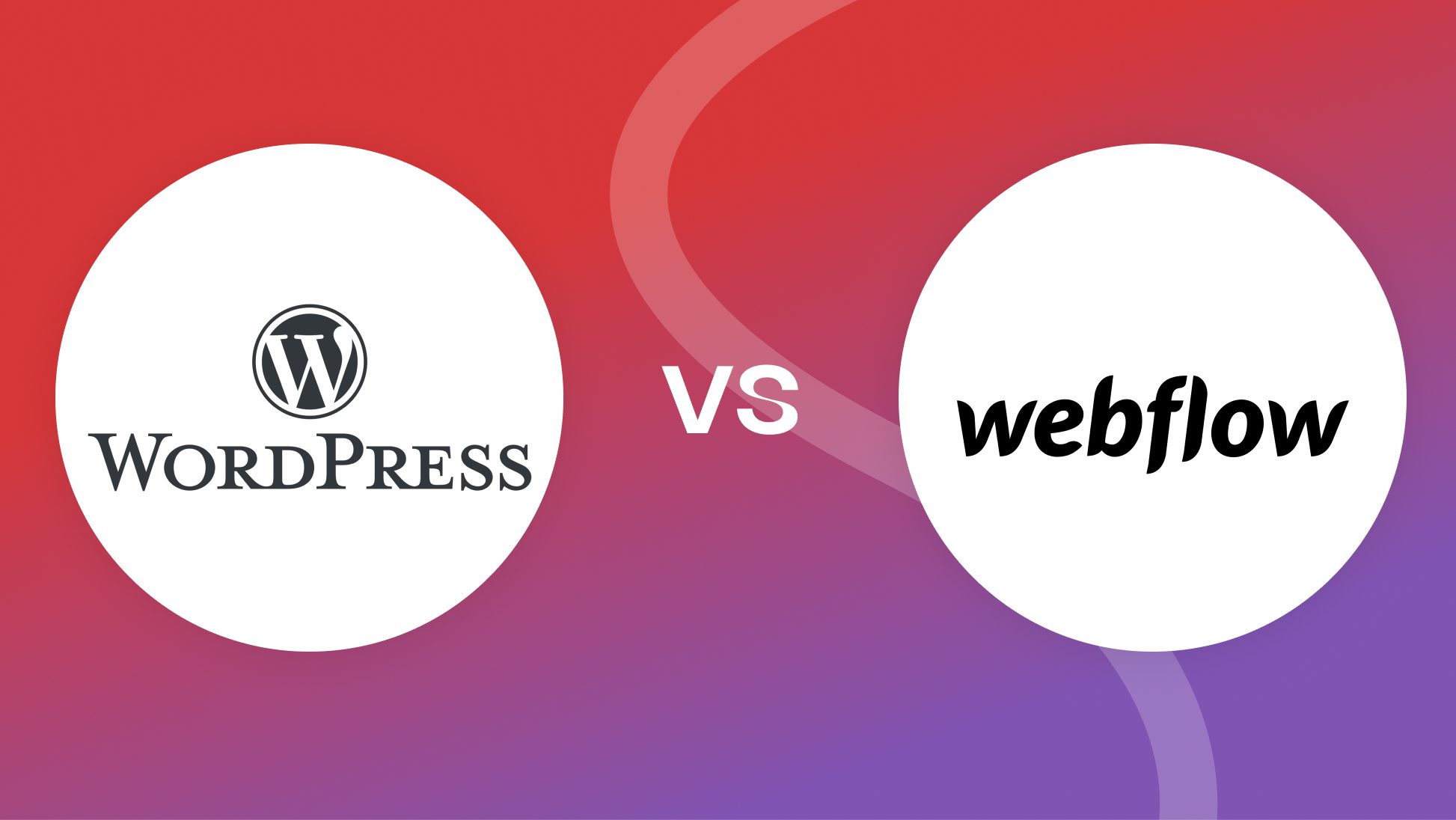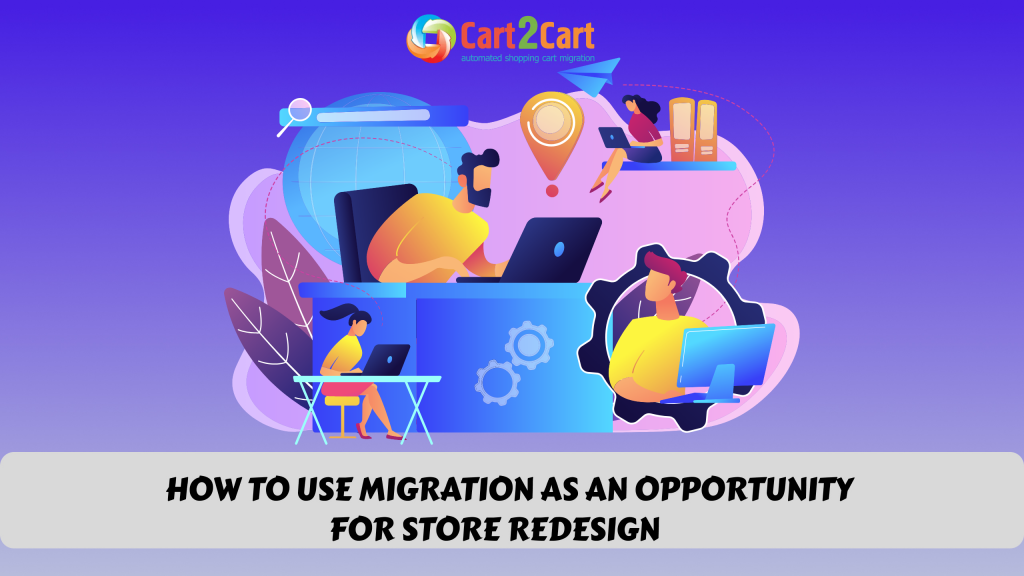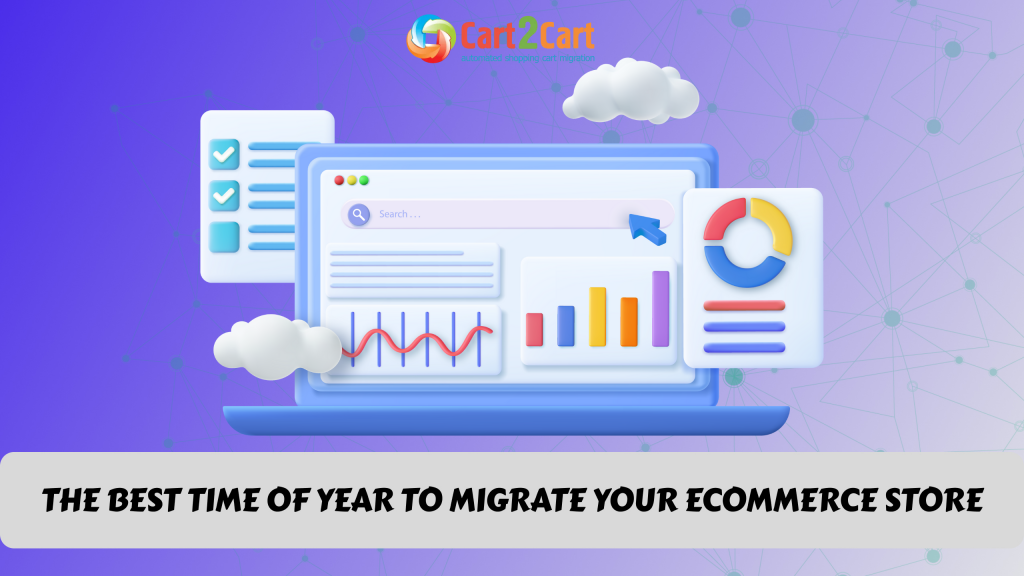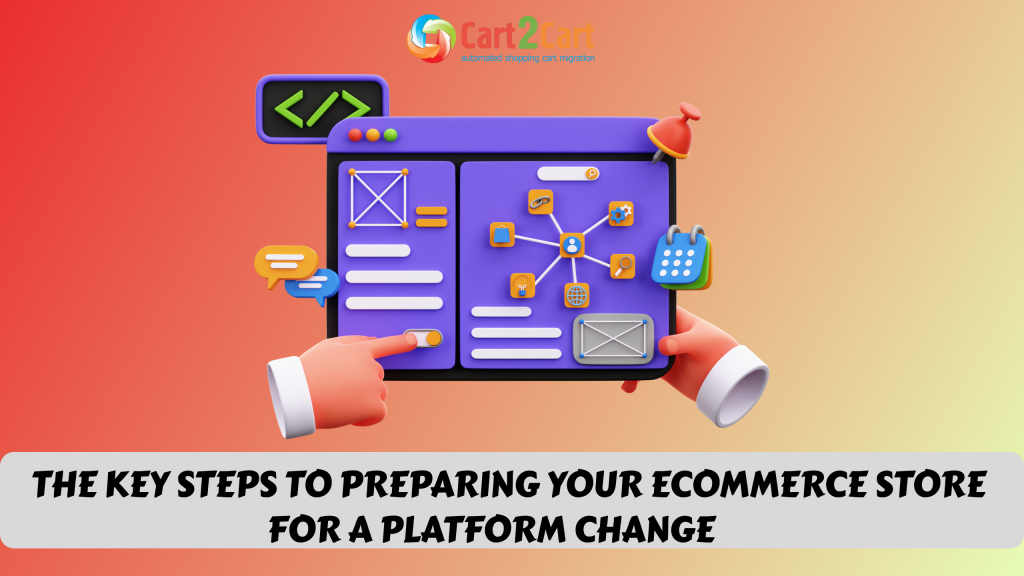
When choosing the right platform for your online store, the decision often boils down to a few key players. Among them, Webflow and WooCommerce are two popular options, each with unique strengths and features. But which one should you choose? In this article, we'll delve into a detailed comparison of Webflow vs WooCommerce to help you make an informed decision based on your business needs. Additionally, if you're planning to switch platforms, an eCommerce Migration Service can make the transition smoother and more efficient, ensuring that your data and design elements are transferred seamlessly.
Overview of Webflow and WooCommerce
Understanding the fundamentals of both platforms is key to evaluating which one fits your specific needs. Let's start with a quick overview of Webflow vs WooCommerce.
What is Webflow?
A free WordPress plugin called Etsy Shop lets you insert Etsy store sections into your WordPress posts. It is possible to accomplish this by using the shortcode generated by the plugin. The plugin allows you to add products anywhere on your store.
If you are also looking for an easy way to migrate your store, the Shopify to WooCommerce plugin might be the perfect solution for you. Contact Cart2Cart 24/7 support team, and they will gladly lend you a hand! If you need the developer's advice, our devoted technical engineers will provide you with all the required details and assistance during the migration.
What is WooCommerce?
WooCommerce, on the other hand, is an open-source e-commerce plugin for WordPress. It transforms a regular WordPress website into a fully functional online store. For businesses looking to transfer Shopify to WooCommerce, this platform provides a seamless transition, leveraging its open-source nature and adaptability. Since WooCommerce is built on top of WordPress, it inherits the flexibility, scalability, and extensive customization options available within the WordPress ecosystem.
WooCommerce is ideal for users who want to harness the power of WordPress and have the ability to install plugins and customize their store’s code. Because WooCommerce is open-source, it offers unparalleled flexibility in terms of design, functionality, and integrations. For those looking to move from another platform, such as PrestaShop, a PrestaShop to WooCommerce migration plugin can simplify the process, making it easier to transition your online store with minimal effort.
However, if you decide that you need a more user-friendly platform or advanced features, you might consider moving from WooCommerce to Shopify. This migration can offer you streamlined management tools and powerful integrations for your e-commerce needs.
Key Features Comparison
In the battle of Webflow vs WooCommerce, one of the most important aspects to evaluate is the feature set each platform offers. Below is a breakdown of some key features and how both platforms compare.
|
Feature |
Webflow |
WooCommerce |
|
Customization |
Full design flexibility with visual editing |
Full code access and themes customization |
|
E-commerce Tools |
Built-in tools for small to medium businesses |
Advanced e-commerce with a large plugin library |
|
Hosting |
Hosting included in the platform |
Requires external hosting |
|
SEO Tools |
In-built SEO management |
Extensive SEO plugins available |
|
Ease of Use |
User-friendly, no coding needed |
Requires WordPress and some technical knowledge |
|
Community & Support |
Smaller community, personalized support |
Large community, lots of tutorials and plugins |
|
Content Management |
Advanced CMS features |
WordPress’s leading CMS functionality |
|
Third-party Integrations |
Limited to Webflow-approved integrations |
Thousands of third-party plugins and integrations |
Customization
Both Webflow and WooCommerce provide ample customization options, but they differ in how they approach customization. Webflow offers a highly visual design environment, allowing users to manipulate elements on the page directly. Meanwhile, WooCommerce offers much more control over the backend, enabling developers to customize every aspect of the website through WordPress’s powerful theme and plugin ecosystem.
E-commerce Tools
While Webflow’s e-commerce offering is streamlined and user-friendly, it is geared towards small to medium-sized stores with fewer product options and simpler checkout requirements. On the other hand, WooCommerce can support large stores with complex needs thanks to its wide range of plugins and integrations.

Ease of Use: Webflow vs WooCommerce
Ease of use is another crucial factor to consider when deciding between Webflow vs WooCommerce. Let’s explore how each platform handles user experience and setup.
Webflow: Drag-and-Drop Simplicity
Webflow is designed with ease of use in mind. The platform offers a highly visual interface that allows users to drag and drop elements to create their website. For users who want complete design control but don't have coding experience, Webflow is an excellent choice. However, the range of options and customization can become overwhelming for beginners or those who are not familiar with design concepts.
Webflow also includes Webflow University, a comprehensive learning platform with tutorials, courses, and guides, which makes it easier to get started.
WooCommerce: For WordPress Veterans
WooCommerce, being a WordPress plugin, requires users to have some understanding of WordPress to get the most out of it. If you’re already familiar with WordPress, WooCommerce will likely be a straightforward option. The setup process is slightly more complex than Webflow since you need to install WordPress, find hosting, and configure WooCommerce, but once it’s up and running, you have complete control over your online store.
WooCommerce also has a rich library of tutorials and community forums where users can find solutions to common issues. However, beginners may find the technical setup and maintenance a bit challenging.
Deciding Between Webflow and WooCommerce?
Make your migration effortless with Cart2Cart! Whether moving from Webflow to WooCommerce or vice versa, transfer your store’s products, customers, and orders securely. Start your hassle-free migration today!
TRY IT FREE
Design Flexibility
When it comes to design flexibility, the Webflow vs WooCommerce comparison is particularly interesting. Both platforms offer a high degree of customization, but they do so in different ways.
Webflow: Unlimited Design Potential
One of Webflow’s strongest selling points is its design flexibility. You can design your website exactly how you want it, down to the smallest detail, using the visual editor. Webflow lets you create custom layouts, animations, and interactions that are responsive across devices. Designers and creatives will love the freedom Webflow provides because it allows for pixel-perfect designs without needing to write code.
Additionally, Webflow integrates directly with tools like Figma and Sketch, making it easy to convert design prototypes into fully functional websites.
WooCommerce: Flexibility Through Themes
WooCommerce inherits its design flexibility from WordPress, which offers thousands of pre-designed themes. You can choose from free or premium themes to match the look and feel of your brand. If you want to go beyond the standard theme options, WooCommerce allows full access to the source code, enabling developers to create highly customized stores.
While WooCommerce doesn’t have the same level of drag-and-drop design control as Webflow, its flexibility with themes and plugins makes it possible to build highly customized stores for any business need.

E-commerce Capabilities
E-commerce functionality is at the heart of the Webflow vs WooCommerce debate. Both platforms offer powerful tools, but each has its strengths and limitations.
Webflow: Best for Small to Medium-Sized Stores
Webflow’s e-commerce tools are ideal for businesses that want an integrated solution for a small to medium-sized online store. Webflow provides all the essential e-commerce features, including product pages, shopping carts, checkout systems, and payment gateways like PayPal and Stripe. However, Webflow’s e-commerce features are relatively new, and as a result, some advanced features found in WooCommerce are not yet available.
For example, Webflow does not offer multi-currency support or advanced tax and shipping calculations without additional customization. This makes it less suitable for large stores with complex product catalogs or international shipping needs.
WooCommerce: Built for Scalability
WooCommerce’s e-commerce capabilities are far more extensive, thanks to its vast ecosystem of plugins. WooCommerce can support large stores with thousands of products, offer multi-currency options, and provide features like subscription products, membership sites, and even online bookings. WooCommerce’s open-source nature means you can extend its functionality through custom development or third-party plugins to meet almost any e-commerce requirement.
In addition, WooCommerce allows for seamless integrations with third-party services like email marketing platforms, inventory management systems, and shipping solutions, making it a strong choice for businesses with specific e-commerce needs.
SEO and Marketing Tools
Effective SEO and marketing tools are essential for driving traffic and conversions to your online store. Both Webflow and WooCommerce offer various options in this regard, but they cater to different types of users and strategies. Let's dive deeper into the available tools and features each platform provides for optimizing SEO and marketing efforts.
Webflow: Built-in SEO and Marketing Tools
Webflow offers a range of built-in SEO and marketing features, making it easier for non-technical users to manage their site's SEO performance. Its visual approach allows users to adjust SEO settings without diving into complex coding. Webflow also provides access to:
- Customizable Meta Tags: Easily edit titles, descriptions, and social sharing tags for each page or product.
- Auto-Generated Sitemaps: Automatically creates a sitemap to help search engines crawl and index your site.
- SEO-Friendly URLs: Customize URLs for all your pages to ensure they’re structured for optimal search engine indexing.
- Fast Page Load Times: Webflow’s clean HTML and CSS ensure faster page loading, which is essential for SEO.
- Mobile-Responsive Design: Built-in responsiveness ensures your site looks great on all devices, a critical SEO factor.
- SSL Encryption: Free SSL certificates help improve security and search engine ranking by ensuring all pages are served over HTTPS.
- Canonical Tags: Control how search engines understand duplicate content through the use of canonical tags.
- Open Graph and Twitter Cards: Automatically set up Open Graph and Twitter Cards for optimized social media sharing.
- Schema Markup: Integrates with structured data tools to enhance SEO through rich snippets in search results.
- 301 Redirects: Built-in 301 redirects to maintain link equity and prevent broken pages when URLs change.
WooCommerce: Extensive SEO and Marketing Flexibility
WooCommerce, being a WordPress plugin, benefits from WordPress’s powerful ecosystem of plugins and tools for both SEO and marketing. Here are some of the standout SEO and marketing features available through WooCommerce:
- Yoast SEO Plugin: Offers advanced on-page SEO features like keyword optimization, readability analysis, and automatic XML sitemaps.
- Rank Math SEO Plugin: A powerful alternative to Yoast, providing advanced SEO tools such as Google Schema Markup, keyword tracking, and local SEO optimizations.
- Customizable URLs and Permalinks: WooCommerce allows you to fully customize your store’s URLs for SEO-friendly structure.
- WooCommerce SEO Plugin: Specifically designed to enhance WooCommerce’s SEO, this plugin offers features like breadcrumbs, optimized product descriptions, and custom metadata.
- Caching Plugins: Tools like WP Rocket or W3 Total Cache help speed up your WooCommerce site, improving both user experience and SEO.
- Google Analytics Integration: Seamlessly integrate with Google Analytics to monitor traffic and conversion data.
- Email Marketing Plugins: Tools like Mailchimp and SendinBlue allow you to automate email campaigns and integrate them directly into your store.
- Abandoned Cart Recovery: Various plugins help recover lost sales by sending follow-up emails to customers who abandoned their carts.
- Product Reviews and Ratings: Built-in or plugin-based systems allow users to leave reviews, which improves trust and on-page SEO.
- Affiliate Marketing Plugins: Expand your marketing efforts by setting up an affiliate program using plugins like AffiliateWP.
- Coupon Codes and Discounts: WooCommerce’s marketing tools include support for creating various types of coupon codes and sales promotions.
- Social Media Sharing Plugins: WooCommerce supports multiple plugins that integrate social media sharing buttons, allowing customers to easily share products.
Conclusion
In the comparison of Webflow vs WooCommerce, the choice between the two ultimately depends on your business needs and technical expertise. Webflow shines for users who prioritize design flexibility, ease of use, and an all-in-one solution, especially for small to medium-sized stores with simple product catalogs. Its visual editor and integrated hosting make it a convenient option for creatives and businesses seeking a streamlined e-commerce experience.
On the other hand, WooCommerce offers unmatched customization and scalability, making it the better choice for larger stores, or those with complex requirements like international shipping, multi-currency support, and extensive plugin options. If you’re comfortable with WordPress and want full control over your store’s functionality, WooCommerce is a powerful platform that can grow with your business. Ultimately, the right platform for you depends on your specific needs, budget, and desired level of customization.


 March 31, 2025
March 31, 2025 


